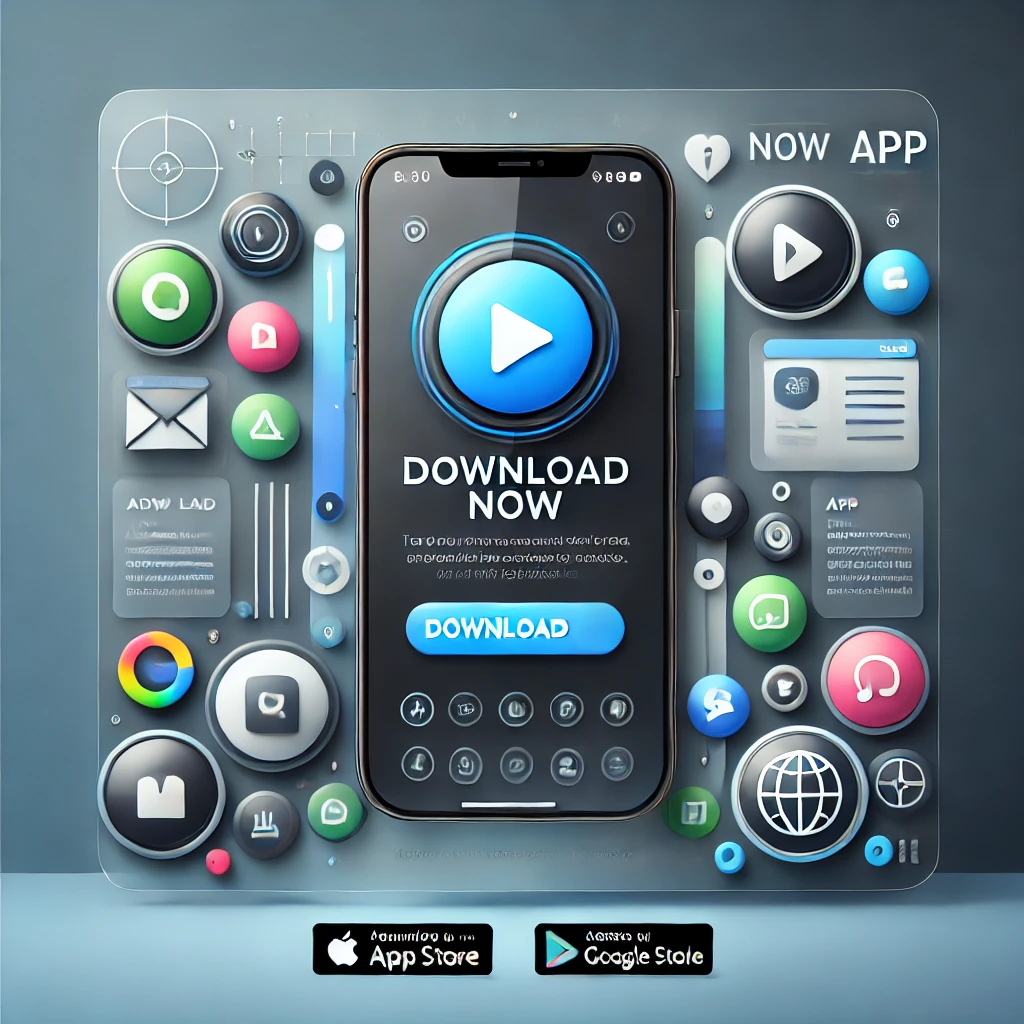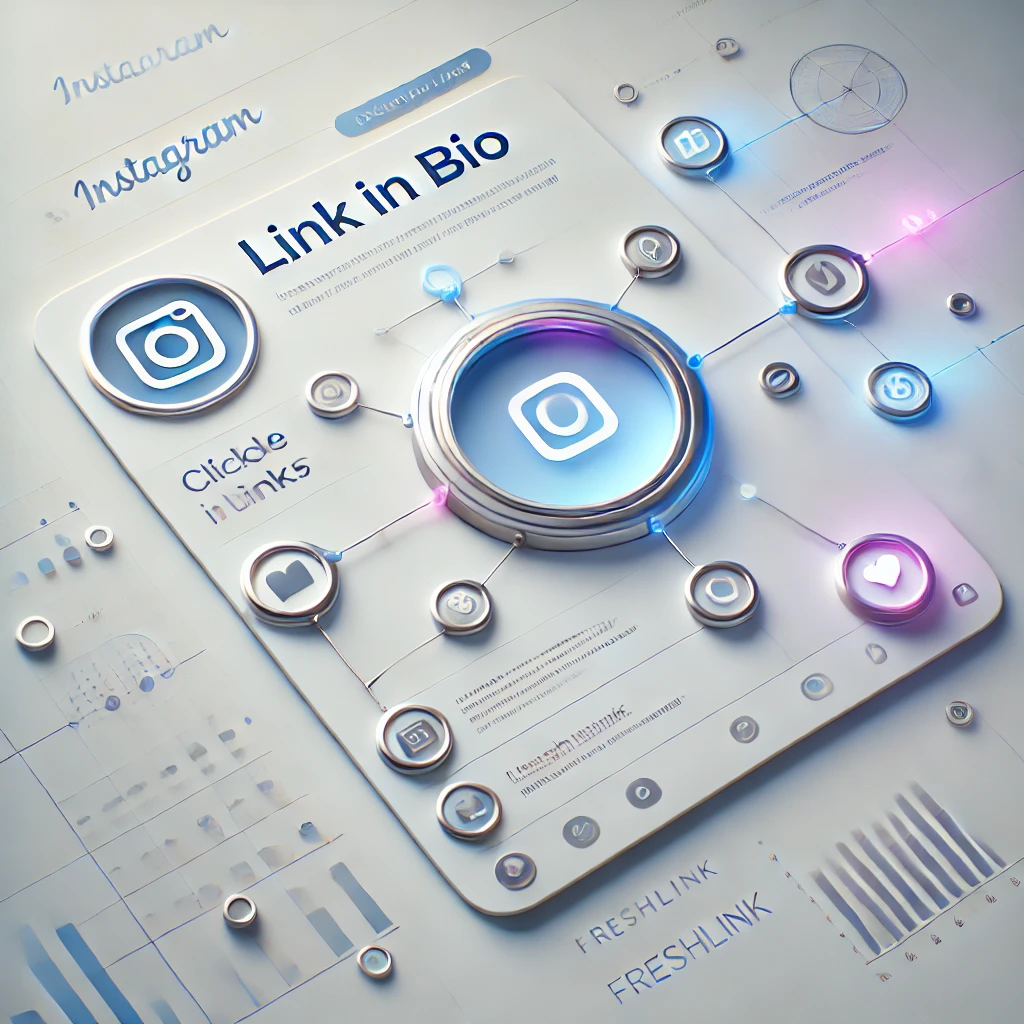Landing Pages
How to Build a High-Converting App Landing Page for Maximum Engagement

Creating a landing page for your app is one of the most important steps in your app marketing strategy. A well-designed landing page not only attracts potential users but also guides them to take action—whether it’s downloading your app, signing up for updates, or learning more about your product. A high-converting app landing page can be the key to growing your app’s user base and ensuring its success.
At Freshlink, we help businesses create optimized, trackable links that drive traffic to their app landing pages and maximize conversions. In this guide, we’ll show you how to design an effective app landing page that resonates with your target audience, and we’ll cover best practices for increasing engagement and downloads.
What Is an App Landing Page?
An app landing page is a dedicated webpage designed to promote your app and encourage users to take a specific action, such as downloading the app, signing up for a free trial, or entering their email for updates. Unlike a traditional website homepage, a landing page focuses on one goal and minimizes distractions. By optimizing the page for conversions, you can effectively capture leads or encourage app downloads.
Why Do You Need a Landing Page for Your App?
Here’s why having a dedicated landing page for your app is critical for your marketing strategy:
1. Centralized Information: An app landing page serves as a hub where users can find all the information they need about your app. From key features and benefits to pricing and testimonials, the landing page provides a comprehensive overview of what your app offers.
2. Increased Conversions: By focusing on one clear call-to-action (CTA), such as downloading the app or signing up, a landing page minimizes distractions and encourages users to take action.
3. Enhanced Visibility: A well-optimized landing page can boost your app’s visibility in search engine results, helping you attract more organic traffic. Plus, a landing page makes it easy to track the performance of your marketing campaigns.
4. SEO Benefits: An app landing page optimized with the right keywords, meta tags, and headings can improve your app’s ranking on search engines, driving more visitors and potential users to your page.
How to Build a High-Converting App Landing Page
Creating a successful app landing page involves several key components. Here’s how to build a landing page that engages users and drives conversions:
1. Craft a Compelling Headline
Your headline is the first thing visitors will see when they land on your page, so it needs to grab their attention immediately. The headline should be clear, concise, and focused on the main benefit of your app.
- Example: Instead of saying, “Introducing Our New App,” a more effective headline would be, “Boost Your Productivity with Our All-in-One Task Management App.”
Your headline should quickly convey the value of your app and encourage users to explore further.
2. Showcase Key Features and Benefits
After grabbing visitors’ attention with your headline, it’s time to highlight your app’s key features and benefits. Use bullet points or short paragraphs to explain how your app solves problems or makes life easier for users.
- Example: If you have a fitness app, you could highlight features like “Track Your Workouts,” “Get Customized Meal Plans,” and “Join a Community of Fitness Enthusiasts.”
Make sure to focus on the benefits users will experience, rather than just listing features. For instance, instead of saying “Track Calories,” say “Effortlessly Track Your Calories and Reach Your Fitness Goals.”
3. Include Eye-Catching Visuals and Demos
Visual elements play a crucial role in keeping visitors engaged. Use high-quality screenshots, app demos, or explainer videos to showcase how your app works. These visuals give users a better understanding of the app and help build trust.
Video Demos: A short, engaging video demonstrating how your app works can increase conversion rates. It gives visitors a visual walkthrough of your app’s interface and core features.
Screenshots: Highlight key features or specific use cases with clear, attractive screenshots that show the app in action.
4. Use a Clear Call-to-Action (CTA)
The goal of your landing page is to get users to take action, so your CTA needs to be prominent, clear, and action-oriented. Whether it’s downloading your app or signing up for a free trial, make sure the CTA button stands out.
- Effective CTAs:
- “Download Now”
- “Try It Free”
- “Get Started Today”
Make sure the CTA button is placed in a visible location, such as above the fold or at the end of a compelling section. Use contrasting colors to make the button pop and encourage clicks.
5. Add Social Proof and Testimonials
Social proof, such as testimonials, reviews, or user-generated content, can greatly increase trust and credibility. Highlighting positive feedback from real users helps potential customers feel more confident about downloading your app.
- Examples of Social Proof:
- “Over 10,000 users trust our app to stay organized.”
- “Rated 4.8 stars on the App Store with 1,500+ reviews.”
You can also display logos of well-known companies or media outlets that have featured or endorsed your app to enhance credibility.
6. Offer a Simple and Quick Sign-Up Process
If your goal is to capture leads through sign-ups, make sure the process is as simple as possible. Only ask for essential information, such as name and email, and ensure the form is easy to fill out on both desktop and mobile devices.
- Pro Tip: Offer an incentive, such as a free trial, discount, or exclusive content, to encourage users to sign up.
7. Optimize for Mobile
Since many users will be accessing your landing page from their mobile devices, it’s essential that your page is mobile-optimized. Use responsive design to ensure your page looks and functions well on smartphones and tablets.
- Mobile Optimization Tips:
- Ensure buttons and forms are easy to tap on mobile devices.
- Use a responsive layout that adjusts based on screen size.
- Optimize page load times for fast performance on mobile.
Best Practices for Optimizing Your App Landing Page
Once your landing page is live, follow these best practices to ensure it performs at its best:
1. A/B Test Different Versions
A/B testing allows you to experiment with different versions of your landing page to see what drives more conversions. Test different headlines, CTA placements, or visuals to identify what resonates most with your audience.
2. Use Freshlink to Track Performance
With Freshlink’s tracking and analytics tools, you can monitor the performance of your app landing page in real-time. Track click-through rates (CTR), conversions, and user engagement to gain insights into how well your page is converting.
3. Focus on Speed and Simplicity
A cluttered landing page or slow loading times can lead to higher bounce rates. Keep your page simple, and ensure it loads quickly to keep visitors engaged and encourage conversions.
4. Build Trust with Security Badges and Privacy Assurances
Let your visitors know that their information is safe by including trust signals, such as SSL certificates, privacy policies, or payment security badges, if applicable.
The Fresh Rundown
Building a high-converting app landing page is essential for attracting users and driving engagement. By creating a clear, visually appealing page with a strong headline, compelling CTA, and social proof, you can capture the attention of potential users and encourage them to take action. At Freshlink, we offer tools that help you track and optimize your app landing page performance, ensuring that you’re making data-driven decisions to boost conversions.
Ready to take your app marketing to the next level? Visit Freshlink today to create trackable links and monitor your landing page performance in real-time.
Keep reading
More posts from our blog



